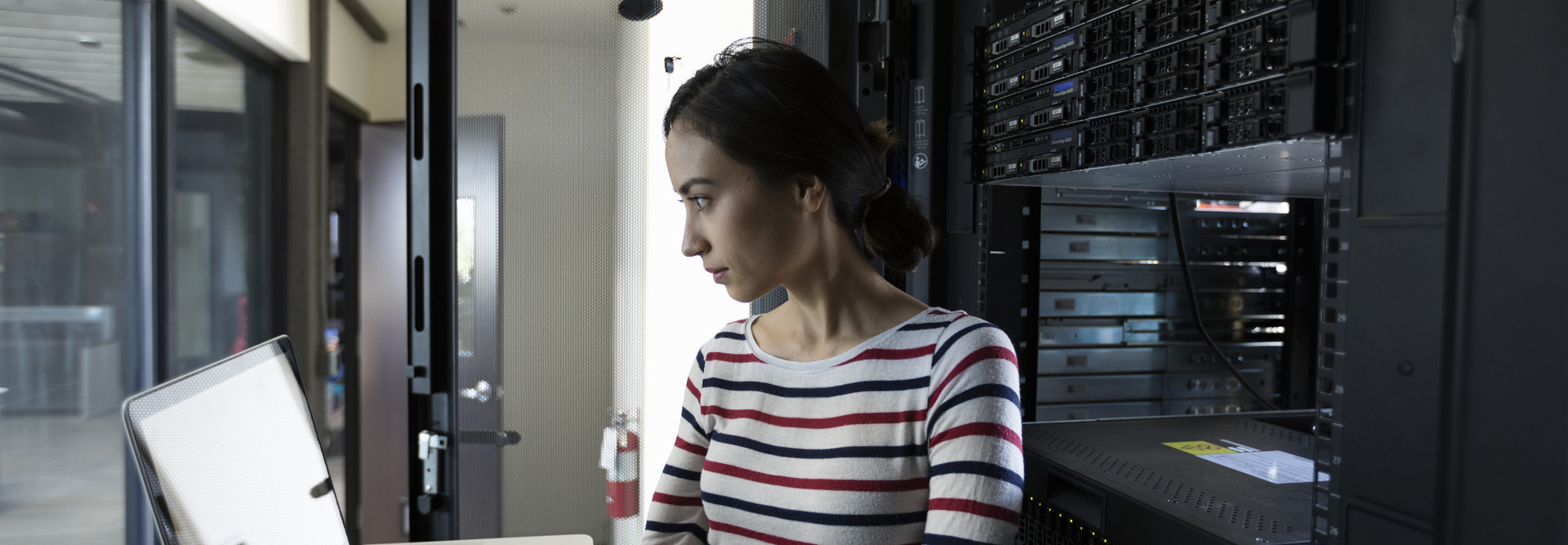4 Steps to a More Secure Higher Education Network
Education institutions are among the most common targets for cyberattacks, which means universities will need to be prepared when bad actors try to breach their networks.
A recent report IT security company Mimecast found universities reported nine times as many cyberattacks-per-user compared to an average of all industries and was the second most common target for spam attacks.
In 2019 so far, hackers have targeted 62 universities, ZDNet reports. While these attempts were not successful, the threat of an incoming attack is no longer a possibility, but an inevitability.
“As security people like to say, it’s not a question of whether you’ll be attacked, it’s when,” Edward Bowen, CIO of Franklin and Marshall College, told EdTech. “Everybody is a target, even smaller schools like ours.”
In order to keep students, staff and faculty safe, universities will need to double down not just on security tools, but their dedication to developing users’ skills to detect network threats.
Steps to Take to Ensure Networks Are Safe
Technology can only take you so far. Cyber defense in depth is more about how leaders share information and organize their response to threats as they arise.
-
Educate users: The biggest vulnerability on every network is sitting at the keyboard. Training users to avoid phishing scams and other social engineering attacks is the first step toward a more secure environment.
-
Involve all stakeholders: Representatives from every campus group, from administration and facilities to communications and IT, should meet to analyze potential risks and create policies to address them.
-
Collaborate with peers: Sharing security alerts and threat information with other institutions can help IT identify attacks more quickly and mitigate them before they are able to spread.
-
Practice incident response: Blended physical and cybersecurity incidents are on the rise. Members from each team should meet at least annually to map out responses to security incidents.
To learn more about how colleges are approaching cybersecurity threats, check out “Colleges Manage and Minimize Security Threats via Advanced Solutions, Peer Networks.”










